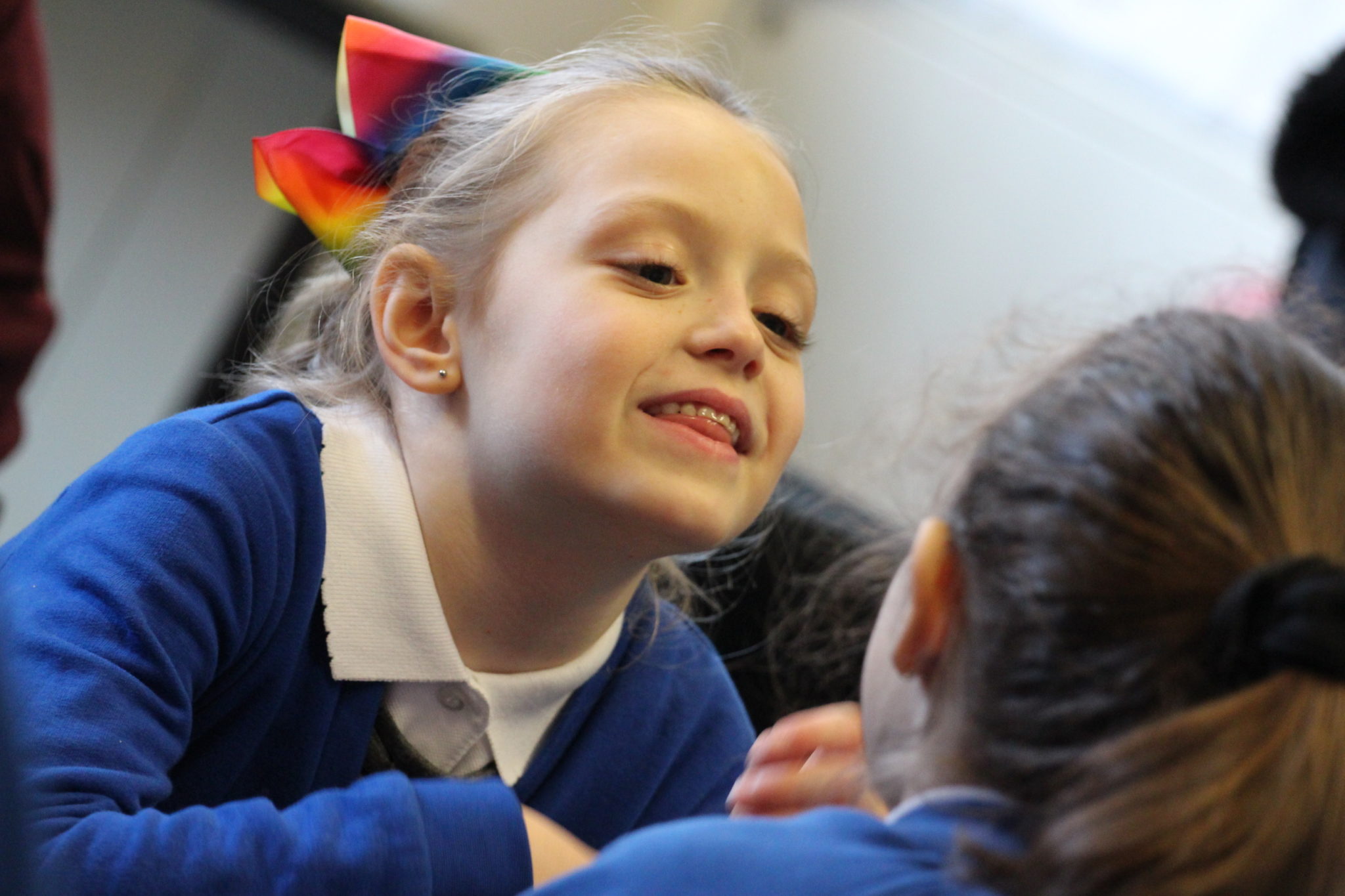| |
Autumn In the Woods
Toys of the past |
Spring
Where will my magic wellies take me?
Space
|
Summer Flat Stanley
Jack and the Beanstalk
|
| English |
In the Woods
- Labels and captions
- Traditional tales- Little Red Riding Hood
|
Where will my magic wellies take me?
- Poetry- rhyming couplets, acrostic, shape
- Instructions
- T4W- Non-fiction- Grace Darling
- T4W- The Little Mermaid
|
Flat Stanley
- Letter
- Recount- Flat Stanley’s adventure
- Stories from around the world
- T4W- Flat Stanley recount
|
Toys of the past
- List
- Fact sheet
- T4W- Pinocchio
|
Space
- Letters to Tim Peake- use of a question.
- Non-chronological report (information text)- Neil Armstrong, Moon Landing, Tim Peake
- Whatever Next? (Fiction)
|
Jack and the Beanstalk
- Instructions- how to make fried boy on toast
- Traditional tales- Jack/Jim and the beanstalk.
|
| Mathematics |
- Place value- value of a number.
- Adding and subtracting numbers to 20.
- Properties of 2D and 3D shapes.
- Doubling and halving numbers to 20.
- Halving shapes.
- Number bonds to 20.
- Using a number line, 0-99 grid.
- One more/less
- Solving maths stories using hundred grids.
- Counting in 2’s.
- Adding and subtracting ½.
- Reasoning.
|
- Counting in 2s, 5s and 10s.
- Problem solving.
- Multiplication and division.
- Telling the time to o’clock and half past.
- Measuring weight and length.
- Money
- Whole, half and quarter turns.
- Adding and recognising ¼.
- Reasoning.
|
- Column addition and subtraction.
- Capacity and volume.
- Number problems- missing numbers.
- Reasoning.
|
| Science |
In the Woods
- Animals including humans- labelling parts of the human body, exploring the five senses (performing simple tests).
- Healthy eating- using observations and ideas to suggest answers to questions
(Egg in cola etc test) |
Where will my magic wellies take me?
- Scientific enquiry and investigation- problem solving (STEM investigations)- asking questions and recognising that they can be answered in different ways.
|
Flat Stanley
- Animals and habitats- working scientifically- identifying and classifying. Carnivores, herbivores and omnivores. Structure of common
animals (pets…). Link to Flat Stanley- animals from around the world. |
Toys of the past
- Materials- types, sorting, properties, grouping and applying materials- twisting and bending.
|
Space
- Light- sources, shadows (observing closely, using simple equipment).
- Seasons- weather across seasons and changes.
|
Jack and the Beanstalk
- Plants- identifying parts of a plant, types of plants and growing (gathering and recording data to help answer questions).
|
| History |
- Changes within living memory- national life.
- Changes through past-history of toys.
|
- Events beyond living memory- Neil Armstrong- moon landing.
|
- Lives of significant individuals- Local study- Grace Darling.
- Local study- historical events, people and places.
|
| Geography |
- Map work
- Local area- school grounds
- Countries and major cities
|
- Map work – maps, atlases and compass
- Vocabulary of physical features.
- Physical and human geography.
|
- Compare EU and non-EU country.
|
| Art/DT |
- Diorama- using materials (junk modelling), joining and cutting techniques.
- Field of white.
- Design and make puppets/peg dolls.
- Christmas crafts
- Famous artists
|
- Design, make and evaluate
- Make pancakes.
- Clay robots
- Pastel space pictures.
- Artist- Illustrators
- Coastlines
|
- Design, make and evaluate kite.
- Andy Warhol- animal pop art.
- Make Flat Stanley biscuits
|
| Computing |
- ICT beyond school.
- Espresso coding.
- Algorithms and debugging- Barefoot
- Word processing
|
- Purple mash coding
- Word processing.
|
- Logical reasoning to predict behaviour of simple programmes.
- Word processing.
|
| PE |
- Basic skills- travelling, balancing, throwing and catching.
- Gymnastics
- Team sports
|
|
- Team and ball games- rounders, football, endball.
|
| Music |
- Voices to express- singing, chants and rhymes.
- Play tuned and unturned instruments
- Listen and concentrate during live music.
- Select and combine sounds- dimension of music.
|
- Voices to express- singing, chants and rhymes.
- Play tuned and unturned instruments
- Listen and concentrate during live music.
- Select and combine sounds- dimension of music.
|
- Voices to express- singing, chants and rhymes.
- Play tuned and unturned instruments
- Listen and concentrate during live music.
- Select and combine sounds- dimension of music.
|
PHSE & SEAL-
Assembly topics |
- New beginnings
- Getting on and falling out
- Say no to bullying
|
- Going for goals
- Good to be me
|
|
| PSHE lessons |
- Discuss ways to stay healthy and identify healthy foods
|
- Recognise similarities and differences between people.
|
- Begin to understand the difference between right and wrong and discuss
|
| (science books). |
- Understand personal hygiene and know how diseases spread
- Understand the purpose of medicines.
- Understand which people can help us stay safe.
|
- Define bullying and understand that it is wrong.
|
rules within society.
- Respond to simple questions.
- Explain own views and listen to the views of others.
- Understand the importance of money.
|

